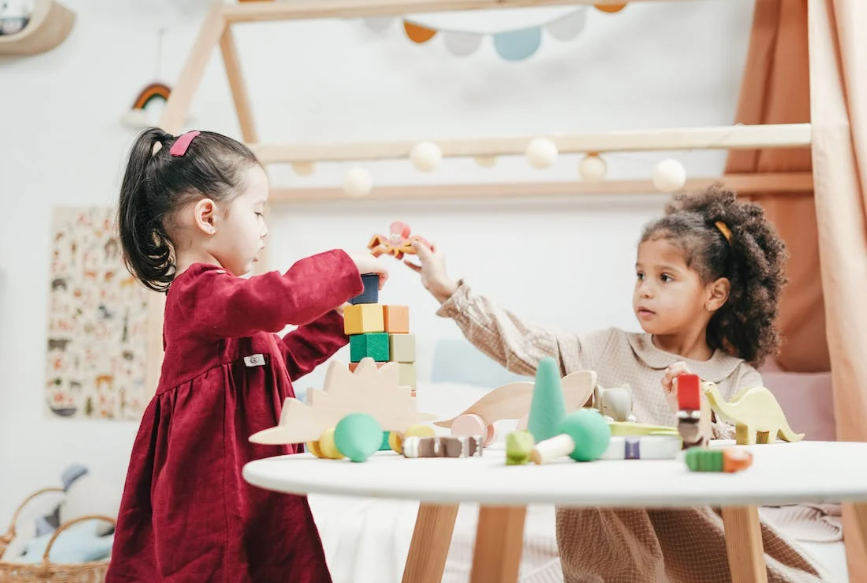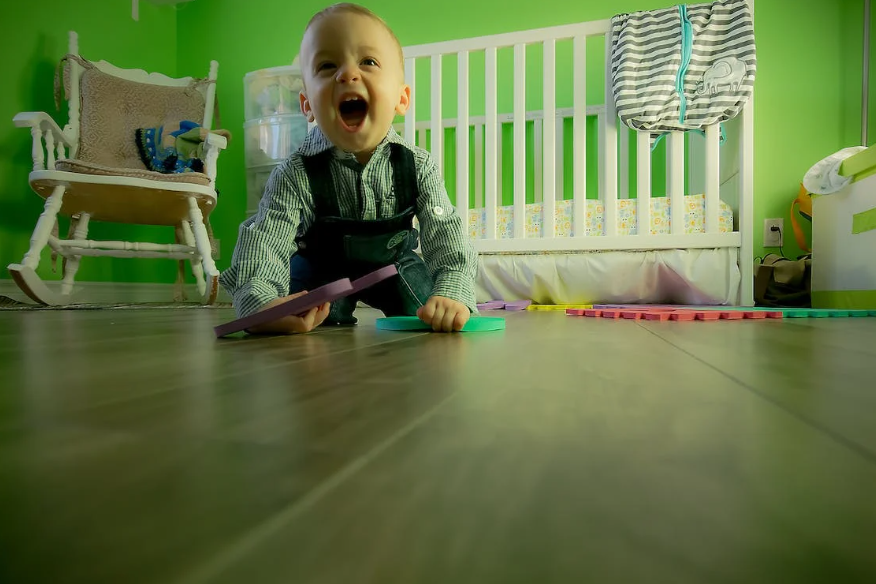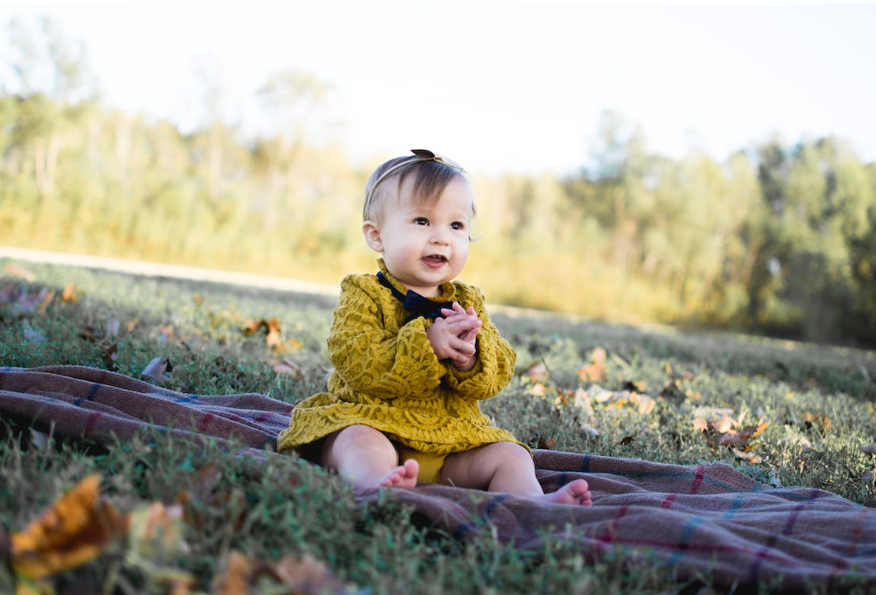Mindfulness Activities for Kids
This article delves into both of these questions and includes plenty of activities for kids to start using today.

Selfpause Affirmation App
Download the app to get 1,000’s of affirmation meditations and everything you need to write, record and listen to your own.
Here are some mindfulness activities for kids to help them develop mindful awareness. The first one requires a lot of attention, and it uses both mindful listening and seeing to get kids to be more aware of their surroundings. The game leader provides visual and verbal instructions, and kids must pay attention to what he or she is saying.
Body scan

Body scan meditation can be a powerful tool for kids to learn to manage their stress levels. It helps young kids see the cause of their symptoms, instead of just focusing on the symptoms themselves. This exercise also teaches children to recognize that emotions can come from various parts of the body, so they can learn to recognize the different symptoms that are happening inside their bodies.
It can be done with children as young as kindergarten age. This activity involves taking a long, deep breath and focusing on the parts of the body. Children can do a body scan together or alone. You can also give them a body scan audio to play at anytime. It can be used as an addition to other mindfulness activities for kids.
Body scan meditation for kids is a simple and quick way for kids to learn how to be aware of themselves in the present moment. It can help them cope with stress and overwhelming emotions. The kit includes worksheets, an MP3 audio exercise, and an 8-page PDF digital document. The download is available electronically once payment has been made. Children can use this activity to develop self-awareness and practice their own breathing techniques.
Body scan is an effective way to develop awareness of the emotions that affect our muscles. It is especially useful for people with stress or anxiety. It is also a great way to relax and decompress. Kids can practice this mindfulness activity whenever they feel stressed, nervous, or overwhelmed. If you have time, you can try it anytime during the day.
Another activity that incorporates mindfulness and yoga is the Root to Rise Activity. This activity combines yoga and meditation and helps kids develop self-confidence and peace. The students can also learn to distinguish between judging and observing others. In short, this activity will teach kids to appreciate different actions. It can help them understand that their actions may affect others’ feelings.
Body scan meditation is a great way to break the cycle of tension. By noticing how their body feels in the present moment, kids can then maintain a relaxed state. This practice is not difficult. All they have to do is sit or lie down comfortably. Then, they can begin to mentally scan their bodies from head to toe, starting from the top and moving down to the bottom.
When children are able to relax, they become more focused in class. They can also learn better in class and address self-regulation needs. These activities can be themed to fit a particular lesson or curriculum, or even to fit the season. In addition, they can be customized to meet the specific needs of a kid or a teacher.
Sensory scavenger hunt

Sensory activities for kids are not only fun, but they also encourage kids to be present and grounded in the moment. You can use different colors and materials to create a sensory scavenger hunt for kids. You can also use headphones to help the kids focus.
A sensory scavenger hunt is a great activity for kids because you can play it anywhere. All you need is a piece of paper and something to mark the items with. You can use different types of materials to train your child’s senses, including sound, smell, sight, and touch.
A sensory scavenger hunt helps children break the cycle of repetitive, worrying, and anxious thoughts. Kids are so wonderfully imaginative, but their active imagination can lead them to think about things that are unpleasant or traumatic without knowing why they think that way. They may even begin to fixate on a particular worry or fear without knowing why.
Sensory scavenger hunt for kids for mindfulness activities can be used in the classroom or at home as a family activity. It is a fun way to introduce students to mindfulness and how to observe and process their emotions. Using an app to practice mindfulness with kids is an excellent idea as it will help them develop their ability to observe things in the world around them.
A sensory scavenger hunt for mindfulness activities is a fun and effective way to teach kids how to be present and aware in the moment. By practicing mindfulness, children can learn to cope with big feelings. They can also learn to manage their emotions and develop resilience in the face of difficult situations.
Children experience a wide variety of emotions, and it is important to teach them how to recognize their feelings and cope with them. Mindfulness activities can be helpful in this regard because they help the body and mind to calm down when they need it. They can even practice mindfulness activities on their own.
A sensory scavenger hunt for kids can help children learn to identify their emotions and practice self-confidence. It can also help develop impulse control and kindness. It also helps them identify whether they should judge a situation or just observe it. It is also great for promoting peaceful behavior and developing a strong SEL.
Body scan with a prop

While formal meditation can be challenging for kids, there are many different ways to incorporate mindfulness into a kid’s life. One of the most common is through a simple body scan. Kids should close their eyes and use one hand to touch different body parts. They should also keep an eye on an adult while doing the activity. Then, they can be guided through a series of silly questions about the body’s parts and the present moment.
Another mindfulness activity that can be done with a child is visualization. While the activity is not specifically designed for children, it is incredibly effective. Even a very young or restless child can remain focused while practicing this mindful exercise. Moreover, a child’s attention is easily piqued by a soothing story.
When teaching a child to do a body scan, they should dress comfortably. They can sit in a chair or lie on a bed, and focus on different body parts as they are scanned. They can also ask questions about how their head or ears feel. This helps them focus on the sensation of letting go of certain parts of their body.
While doing the body scan, kids should also be aware of their emotions and thoughts. They should also be aware of any positive feelings that they are feeling. These feelings may include feeling good, expansive, and light, among others. It is a good idea to connect the awareness of our feelings with a visual object such as a picture.
One of the most popular mindfulness exercises is the Body Scan. It is a simple practice that requires no tools or props. Kids can practice the exercise anywhere, for five minutes or for as long as an hour. They can practice the exercise by lying on the floor or laying down in a comfortable position. During the exercise, they should pay attention to the sensations in their body and focus their attention on them.
The Body Scan is one of the most basic and accessible mindfulness exercises. It requires minimal equipment, so even beginners can practice it. The exercise involves paying attention to different parts of the body, and noticing areas of no or hypersensitivity. After a short period of time, participants can open their eyes again and gradually move to a comfortable sitting position.
Our Top FAQ's
Some mindfulness activities that are suitable for children include deep breathing, listening to calming music, body scans, mindful coloring, and mindful movement (such as yoga or tai chi).
Mindfulness activities can help children develop their social-emotional skills by teaching them how to focus their attention, regulate their emotions, and be present in the moment. These skills can improve children’s ability to form positive relationships, cope with stress and challenges, and make thoughtful decisions.
Parents and educators can incorporate mindfulness into the daily routine of children by setting aside dedicated time for mindfulness practice, modeling mindful behavior, and integrating mindfulness into existing activities (such as reading stories or doing art projects).
Children can benefit from participating in mindfulness activities in a number of ways. For example, mindfulness can help them improve their focus and concentration, reduce stress and anxiety, and increase feelings of calm and relaxation. It can also enhance their self-awareness and self-regulation skills.
Mindfulness activities can be modified for different age groups of children by adjusting the length and complexity of the activity, using age-appropriate language and examples, and incorporating activities that are of interest to the child. It is important to consider the developmental level and needs of the child when selecting and adapting mindfulness activities.
